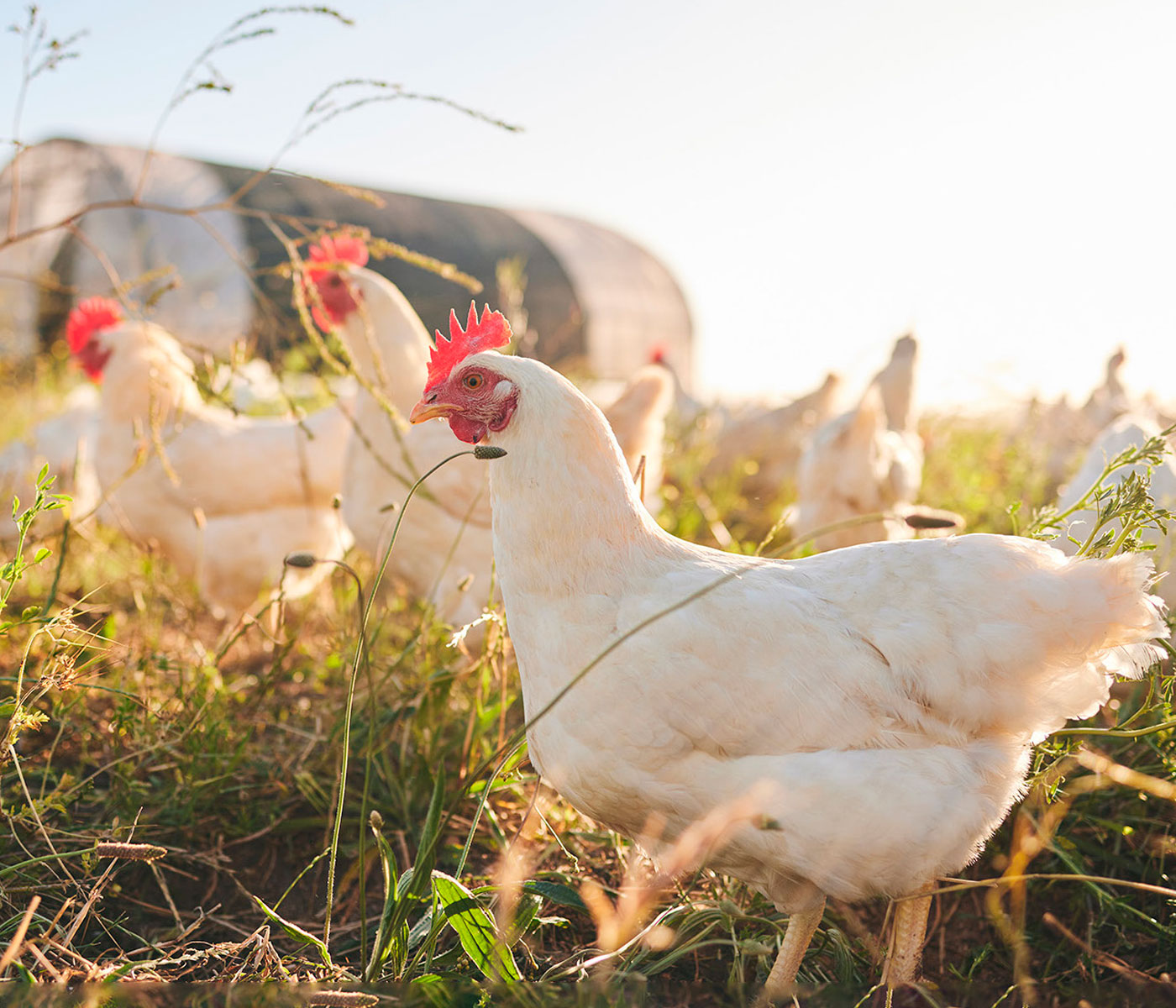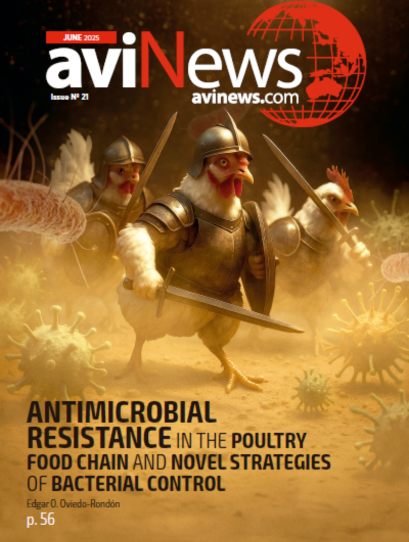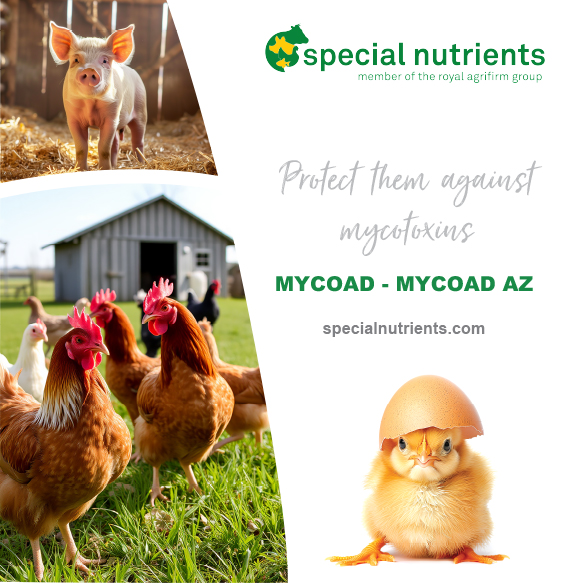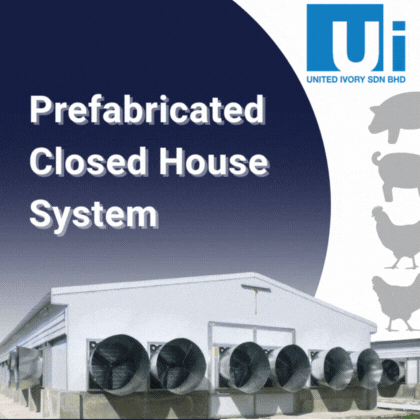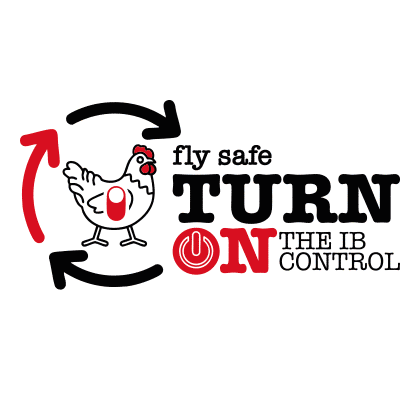Content available at: Indonesia (Indonesian) ไทย (Thai) Tiếng Việt (Vietnamese)
Animal welfare has acquired a fundamental role in the management and production of animals in production systems, not only due to regulatory, ethical or customer requirements, but also for production purposes.
- Animal welfare has a direct relationship with productivity.
- Animal welfare is all the daily practices that are carried out on layers, eggs, chicks and broilers; daily practices as, handling, restrain, broiler breeders and fattening procedures, etc. that we do routinely in every phase of the production chain.
This article addresses the importance, concepts, relevance of audits and commitments of the companies regarding the training of the personnel involved, examining how personnel training contributes to a better quality of life for the animals, and consequently the quality of the final product.
Those countries that do not have specific animal welfare regulations can base their programs on the international recommendations of the OMSA, Chapter 7 of the Terrestrial Code, among other bodies, which serve as essential guidelines in this field.
1. The Concept of Animal Welfare
According to OMSA, animal welfare is defined as “the physical and mental state of an animal in relation to the conditions under which an animal lives and dies”.
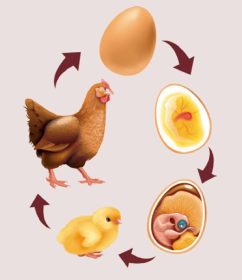
Welfare depends not only on immediate physical conditions, such as good fitness, beak conformation, limbs in hatchery chicks, or proper body condition in breeders, among other direct indicators, but also in environmental or external resources.
- Key Welfare Indicators are important.
For animal welfare assessment, according to the approach proposed by Mellor, Beausoleil, Dr. Temple Grandin’s wrote a paper entitled in 2022; Practical Application of the Five Domains Animal Welfare Framework for Supply Food Animal Chain Managers, focuses on the “Five Domains”.
- The Five Domains model is being increasingly used as a framework for assessing animal welfare on farms, Table 1.
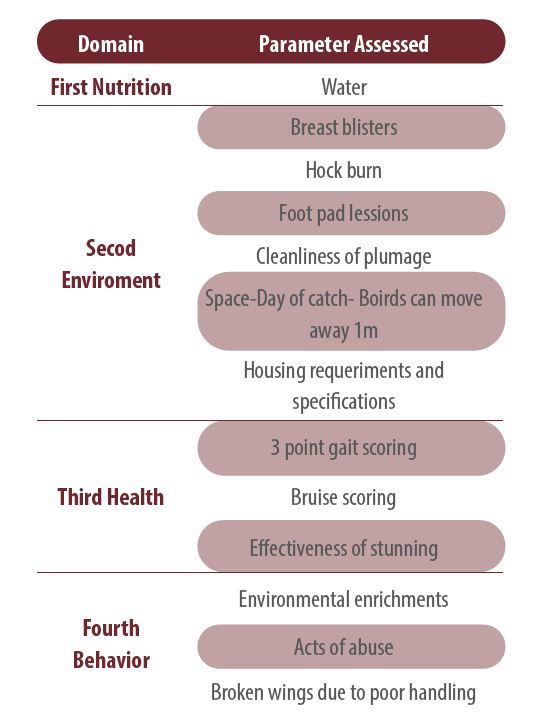
These domains are: (include positive/negative aspects)
- Nutrition: refers to the quality and availability of food.
- Physical environment: includes the conditions of space, climate and facilities.
- Health: encompasses disease management and access to medical care.
- Behavior: assesses the animal’s ability to express its natural behaviors and avoid stress or unnecessary suffering.
- Mental: measures the animal’s emotional states, such as stress, fear or comfort.
2. Corporate commitment
Corporate commitment to poultry welfare is a fundamental priority in poultry production, as it directly influences product quality, animal health, in other words EVERYTHING.

Companies that assume this voluntary responsibility seek and choose to certify their production chain in animal welfare, they are not only looking for a stamp on their final package, but also to improve their breeding and production skills, better manage their resources and make informed and timely decisions and, finally, also to ensure compliance with high international animal welfare standards and the most demanding customer regulations.
The company’s commitment also involves continuous training of employees in several themes, like management practices, proper restraint, humane euthanasia, SOP´s, daily checks, emergency plans, among others, ensuring that personnel are prepared to intervene appropriately in situations of stress or disease of the birds and to make timely and informed decisions.
- A company committed to bird welfare always seeks continuous improvement, ensuring that all its operations are aligned with management principles aligned with bird welfare.
3. The Fundamental Role of Animal Welfare Training
Dr. Temple Grandin, a leading expert on animal behavior and welfare in production systems, has emphasized that staff training is one of the key pillars in ensuring animal welfare.
- According to Dr. Grandin, when workers understand the natural behavior of animals, they can significantly reduce stress and suffering during handling, which translates into better production results and improved welfare.
Staff training is essential to ensure that best practices in animal welfare are applied, especially in sectors where animals are handled intensively, such as factory farming and poultry production.
Training provides staff with the tools and knowledge to recognize and address animal needs and implement corrective measures when necessary.
- The High Cost of Not Training, or Lack of training in animal welfare not only affects the animals, but also the profitability of companies. Studies in the production sector have shown that handling errors can generate up to 10% of production losses due to injuries, diseases and premature mortality.
- World Organization for Animal Health (WOAH) has identified that poor animal handling can result in economic sanctions and trade restrictions for companies that do not comply with regulations.
- Have you ever measured the cost of train or not train? (Costs and Benefits of Improving Farm Animal Welfare, Fernandes, 2021).

A study by Dr. Grandin (2014) indicates that rough handling of animals in poultry production facilities can significantly increase stress levels, resulting in lower weight gain and higher mortality.
- “Training in animal welfare is not expensive, but not training is” Temple Grandin.
Improving farm animal welfare costs money. People who have animals in their care must consider many factors when modifying their practices to improve welfare, and it is not always obvious what the optimal course of action is. Animal welfare decision support systems, such as economic cost-benefit analyses, are useful at the time of quantification.
Other studies have shown that workers who receive constant training are able to reduce the percentage of chickens injured during the catching and transport process, which has a direct impact on the quality of the final product and the reduction of economic losses.
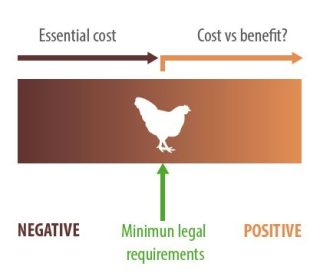
Training benefits
In addition to the benefits for the animals, animal welfare training also brings significant advantages for organizations, as it empowers employees and makes them stakeholders in the system.
- Enhanced Product Quality.
- Educated employees can recognize and prevent welfare issues like broken eggs in hatcheries, overcrowding, rough handling, and poor stunning practices.
- Consistent stunning efficiency ensures proper electrical or controlled-atmosphere stunning, reducing blood spots and hemorrhages in the meat.
- Reduces carcass defects (bruising, broken bones, wings).
- Reduces stress and suffering during handling, transport, and slaughter.
- Enhances workers’ ability to recognize and address welfare concerns.
- Reduces losses due to mortality, injuries, and downgraded meat.
- Enhances brand reputation, increasing consumer trust and market access.
- Ensure proper treatment throughout the production chain.
4. Animal Welfare Certification/ Animal Welfare Audit
The role of an animal welfare auditor is crucial to make a diagnosis of the company, detect the strengths and weaknesses of the system, as well as to detect the training needs of employees in the farm, transport and slaughter plant and their issues.
The main purpose of an internal animal welfare audit is to evaluate various aspects of animal handling, such as housing conditions, feeding, transport, treatment at slaughter plants and compliance with established operating procedures.
- During the process, records are reviewed, personnel practices are observed, employee interviews are conducted, and facilities are inspected to identify possible deficiencies that may affect animal welfare.
Internal audits serve as a proactive tool for continuous improvement by:
- Detecting problems early and implementing corrective actions before they escalate into major compliance violations.
- Ensuring that best practices and welfare protocols remain up to date with industry standards and regulatory requirements.
- Strengthening accountability and transparency in animal handling operations.
Chain Audits
Farm Animal Welfare Auditors
These auditors specialize in the evaluation of animal conditions within the farm, broiler breeders, hatcheries, broiler farms.
- Their work includes inspection of housing, environment systems, feeding, access to water, health and disease management, animal behavior and general facilities conditions.
- They evaluate compliance with regulations and best practices to ensure that animals are treated properly from birth to slaughter. Review protocols and SOP´s in the field and check if the employees are following the program.
Animal Welfare Transport Auditors
Their focus is on animal transport conditions, evaluating in the catching (manual, automatic), density, loading, handling during transport, vehicle conditions, coops conditions, environmental conditions, travel time. Auditors verify that animals are transported in a safe and humane manner, complying with established transport regulations.
Slaughter Plant Animal Welfare Auditors
Review the practices from the entrance of the trailer until the bird dies. Their task includes inspection of stunning and slaughter methods, handling of animals prior to slaughter, compliance with emergency procedures and minimization of suffering during the slaughter process, and also quality of meat to prevent injuries and train personnel.
Beyond facility inspections, audits also assess the competency of employees in handling animals humanely. This includes:
- Observing employee-animal interactions and adherence to welfare protocols.
- Identifying knowledge gaps through staff interviews and training record reviews.
- Evaluating the correct execution of emergency procedures and preventive measures.
When deficiencies in animal welfare are identified, targeted training programs can be recommended to address critical issues and enhance compliance and create a urgency training program, and of course, annexes to contracts that impose liability on employees if they abuse animals.
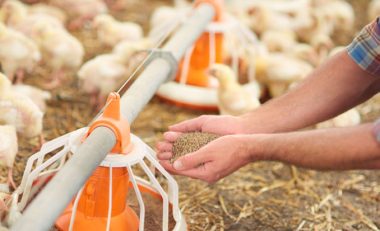
5. The Role of The Trainers
Trainers are fundamental in ensuring that all personnel involved in animal handling acquire the necessary skills and knowledge to perform their roles ethically and competently.
- Training programs provide employees with a clear understanding of the best practices in animal welfare, fostering a culture of responsibility and continuous improvement.
The role of the trainer includes:
- Delivering specialized education on animal welfare legislation, industry standards, and SOPs to ensure compliance and proper implementation.
- Providing theoretical and practical training on identifying and managing stress, pain, and discomfort in animals at different production stages.
- Teaching the correct use of equipment and handling techniques that minimize suffering and enhance animal well-being.
6. Training content
These are the minimum contents that a poultry farm employee should receive and should address key aspects to ensure proper animal handling. Some essential areas include:
- Introduction to Animal Welfare.
- Definition and concepts of animal welfare.
- Importance of animal welfare in animal production.
- Animal welfare assessment (indicators).
- Animal Behavior and Management.
- Welfare in each area; hatcheries, breeders, fatteners, broilers, transport and slaughterhouse.
- Bird restraint.
- Human-animal relationship.
- Verification of Environmental and Infrastructure Conditions.
- Adequate space per animal and environmental enrichment.
- Food and Nutrition Management.
- Daily verification and routine.
- Verification records.
- Maintenance of facilities.
- Health animal vs sick animal identification of signs of disease.
- Emergency protocols and emergency euthanasia.
- Biosecutiry / Foodsafety.
- Good practice in catching, loading and transport.
- Impact of improper handling on the quality of the final product.
- Personnel Responsibility.
- Importance of animal welfare in product quality.
- Acts of Abuse and/or Neglect.
Training personnel in animal welfare is not just a regulatory or ethical obligation, it is a strategic investment that enhances productivity, product quality, and operational efficiency.
- The evidence presented throughout this article underscores that well-trained employees are fundamental to ensuring humane animal handling, minimizing stress and suffering, and optimizing production outcomes.
Companies that commit to continuous training and implement robust welfare programs not only improve their brand reputation and market access but also strengthen the sustainability of their operations.
- Internal audits and certification processes play a crucial role in identifying training needs and reinforcing welfare standards across the production chain.
- Ultimately, animal welfare training is a dynamic and essential component of responsible animal production.
- By equipping employees with the necessary knowledge and skills, organizations can foster a culture of compassion and accountability, ensuring that welfare principles translate into tangible benefits for animals, workers, and businesses alike.

